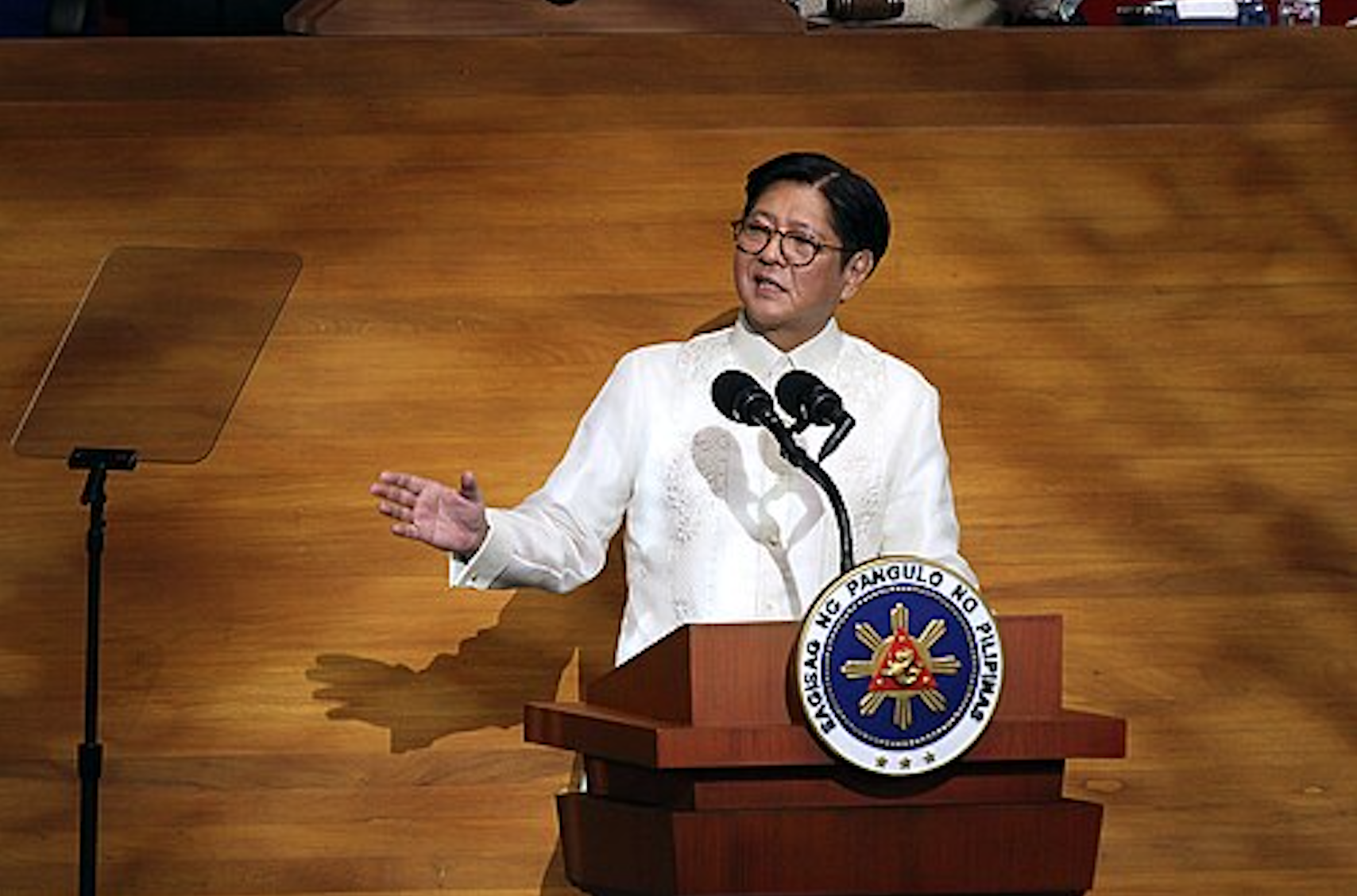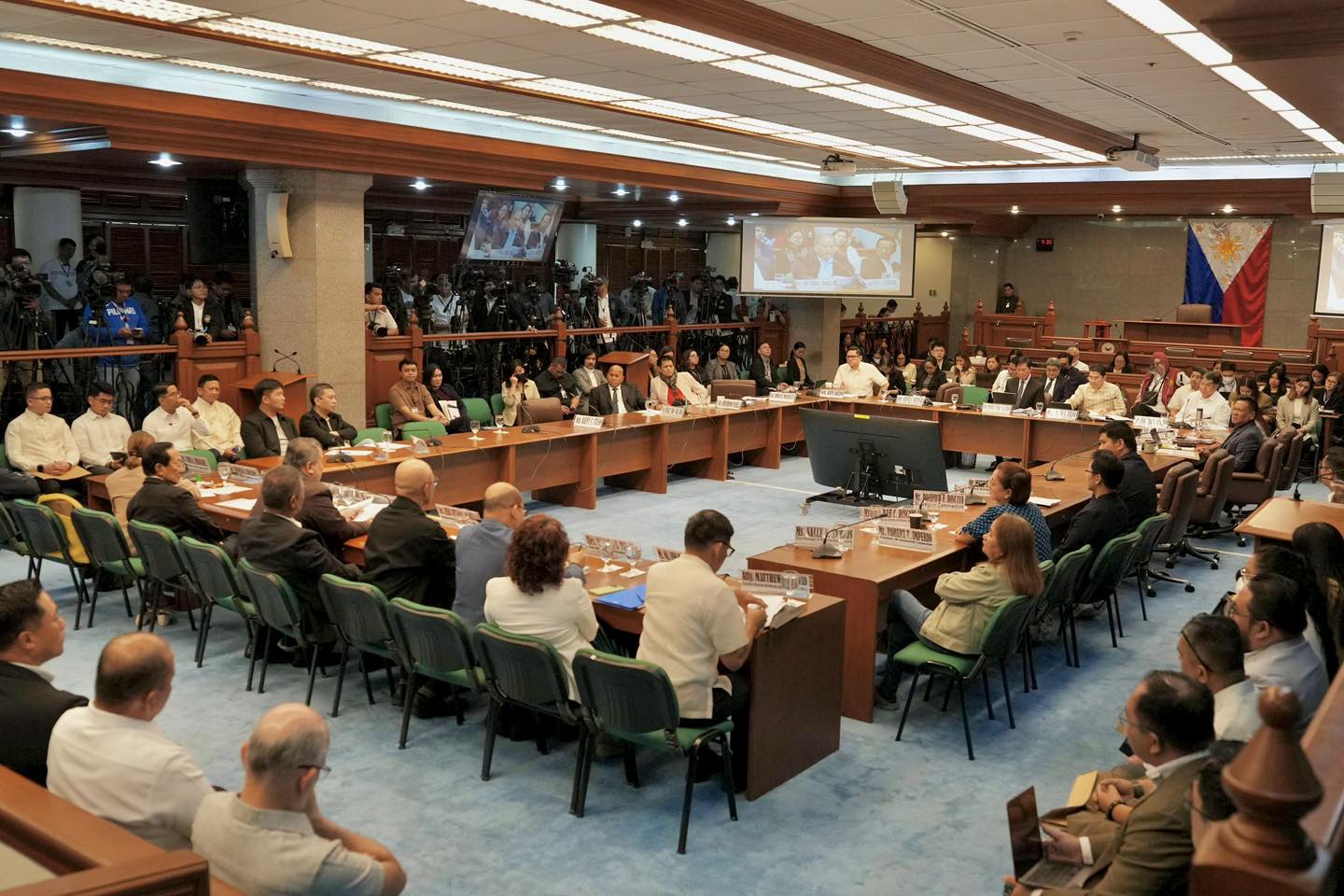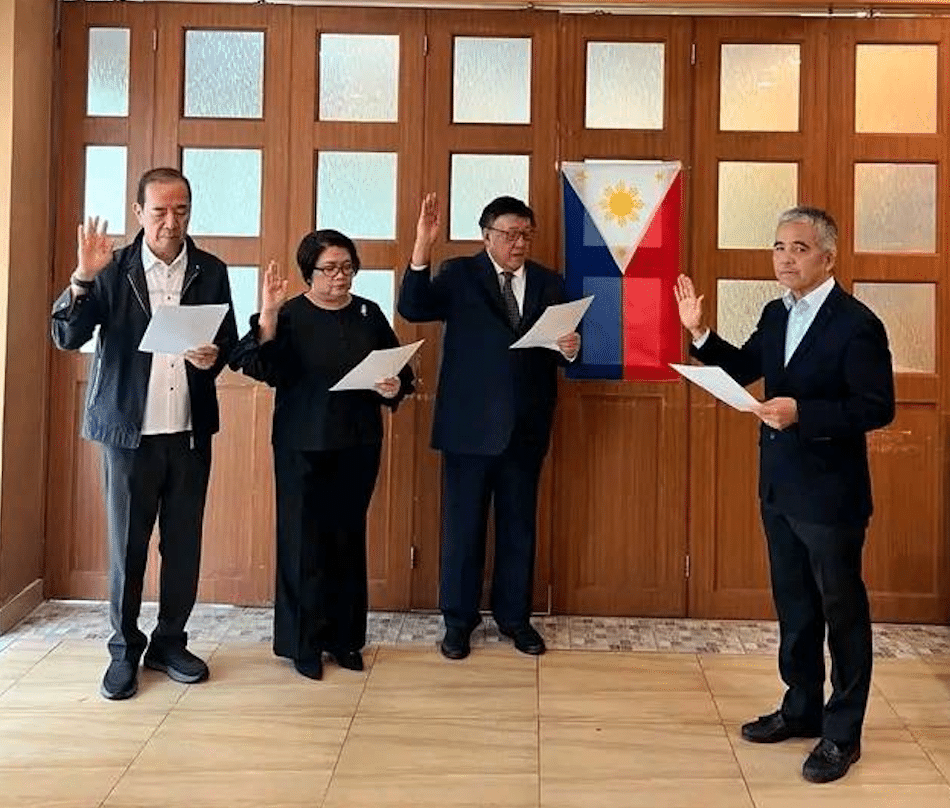Former DPWH Engineer Brice Ericson Hernandez, third from left, speaks during investigations on flood-control projects at the Senate Blue Ribbon committee in Pasay city, Philippines on Tuesday, Sept. 23, 2025. (AP Photo/Aaron Favila)
LOS ANGELES – The US State Department has once again placed corruption at the center of its assessment of the Philippine business climate – describing it as “a pervasive and long-standing problem in both the public and private sector” – in its 2025 Investment Climate Statement.
The report emphasized that graft remains a structural barrier to investment, citing the Philippines’ rank of 114th out of 180 countries in Transparency International’s 2024 Corruption Perceptions Index—a position it has held since 2019.
The Bureau of Customs remains widely regarded as one of the country’s most corrupt agencies, while the World Economic Forum has consistently identified corruption as among the most problematic factors for doing business in the Philippines.
You may like: Ownership of 4 California properties linked to top flood control contractor
Removal from FATF grey list
Despite these entrenched issues, the report acknowledged a significant achievement: the Philippines’ removal from the Financial Action Task Force (FATF) grey list in February 2025.
The FATF, a global watchdog on money laundering and terrorism financing, had placed the country under increased monitoring in June 2021 due to “strategic deficiencies” in its regulatory framework. These included weak oversight of money-transfer services, inadequate regulation of designated non-financial businesses and limited enforcement of beneficial ownership rules.

Philippine President Ferdinand Marcos Jr. first addressed the issue of corruption in flood-control projects during his annual State of the Nation Address in July 2025. FILE PHOTO
Following a four-year reform effort, the FATF noted that the Philippines had completed most of its action plan.
Measures included stricter supervision of casinos and junkets, tighter regulation of remittance centers, broader law enforcement access to company ownership data, and enhanced cross-border controls by the Bureau of Customs.
The Anti-Money Laundering Council (AMLC), Department of Finance and other agencies coordinated reforms that strengthened monitoring and enforcement.
According to the FATF, these steps brought the country closer to global financial standards. Analysts say the removal from the grey list is expected to ease international transactions, boost investor confidence and lower remittance costs for overseas Filipino workers.
Flood control projects
However, this renewed international confidence has coincided with one of the most serious domestic corruption scandals in recent years.
In mid-2025, public outcry erupted over revelations of anomalies in government-funded flood control projects.
An internal audit found that between 2022 and 2024, nearly ₱545 billion (approximately US$9–10 billion) was allocated to nearly 9,855 flood control projects nationwide. Yet many projects were flagged as irregular: Only 15 of more than 2,000 accredited contractors handled about 20 percent of the total budget, raising concerns over contract concentration.

The Senate Blue Ribbon Committee conducts a hearing on anomalous flood control projects on September 23, 2025. FILE PHOTO
Media reports and legislative hearings uncovered “ghost projects” that were never constructed, as well as substandard and overpriced works. In some cases, identical costings were applied to projects in different regions, suggesting systemic cost-padding.
You may like: Fil-Am groups rally against ‘corrupt system’ on martial law anniversary
Testimony during a Senate inquiry deepened public concern. Two former engineers from Bulacan province alleged that since 2019, projects had been deliberately overpriced or built with inferior materials, with kickbacks of at least 20 percent funneled to public officials and lawmakers.
The controversy escalated after severe flooding all across Luzon in 2025, which many linked to failures in infrastructure intended to mitigate such disasters.
High-profile figures
The scandal has already claimed high-profile figures. Public Works Secretary Manuel Bonoan resigned in September amid mounting pressure. His successor, Vince Dizon, immediately suspended bidding for local flood control projects, ordered implicated officials to step down, and vowed to blacklist erring contractors.
The investigations have also prompted immigration lookout bulletins and the freezing of nearly 1,600 bank accounts by the AMLC.
To institutionalize oversight, President Ferdinand Marcos Jr. created the Independent Commission for Infrastructure (ICI) in September 2025 through Executive Order No. 94. The three-member commission is chaired by retired Supreme Court Associate Justice Andres B. Reyes Jr., with former Public Works Secretary Rogelio L. Singson and fraud examiner Rossana A. Fajardo as members.

Members of the Independent Commission for Infrastructure (ICI) Justice Andres Bernal Reyes Jr., chairperson, former DPWH Secretary Rogelio “Babes” Singson and Rossana A. Fajardo take their oath of office before Court of Appeals Justice Pedro Corales. FILE PHOTO
The ICI is tasked with investigating anomalies in national infrastructure projects over the past decade. It has already reported suspected tampering and destruction of records within the Department of Public Works and Highways (DPWH), warning that such actions could obstruct ongoing investigations.
The administration has also launched parallel efforts to restore credibility. In August, Marcos ordered lifestyle checks on government officials – starting with those in the DPWH – to identify unexplained wealth.
Budget reforms have been introduced, with the 2026 national budget slashing allocations for flood control and redirecting funds to social services. A more stringent approval process for large-scale projects is now being implemented through the Department of Finance.
Meanwhile, governance initiatives such as the e-Government PH app are being expanded to reduce face-to-face transactions and minimize opportunities for graft.
‘No sacred cows’
President Marcos has publicly acknowledged the scale of the problem, calling the corruption in the infrastructure sector “brazen.” He pledged that “no sacred cows” will be spared – even if investigations implicate political allies or relatives such as his cousin and House Speaker Martin Romualdez – and urged citizens to demand accountability.
During a recent public demonstration, the President expressed solidarity with protesters, stating that those who steal public funds “are stealing the future of the next generation.”
The State Department’s findings place these developments in a broader context: corruption – alongside bureaucratic inefficiencies and weak judicial processes – continues to weigh heavily on the Philippine economy.
While the country’s exit from the FATF grey list shows that reform is possible with sustained political will, the flood control scandal poses a critical test of the government’s credibility.
Whether the Marcos administration can translate institutional pledges into consistent enforcement and genuine accountability will determine if recent progress leads to lasting change.
The post US State Department flags ‘pervasive’ corruption in PH appeared first on USNewsRank.
